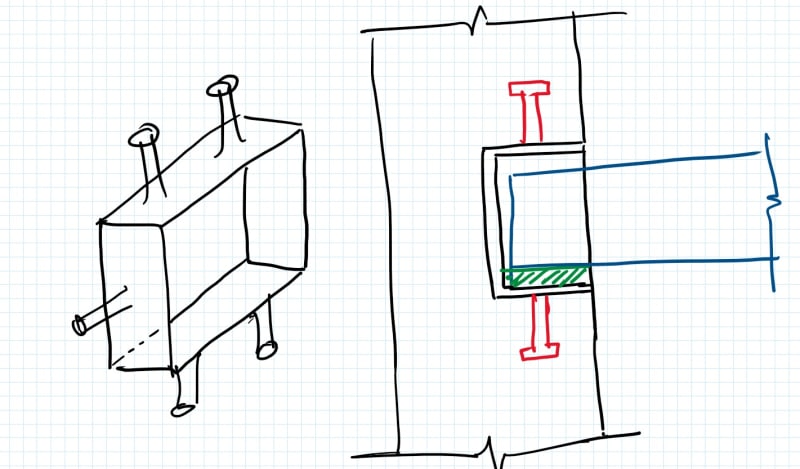otto_eng
Civil/Environmental
- Jun 27, 2017
- 88
Hi Folks,
I have a 6 story height RC wall/column that is taking only minor vertical load, not a big trib. area. I need to have some holes at each bottom corner of this element to locate precast landing connectors. These holes will be grouted after the connectors are placed inside of the hole. Would that be an insufficient and sloppy check , if I could justify the width and depth of the column as the only part that is taking the vertical and not consider the parts that are disturbed ?
Any good practical resources that deals with these kind of problems in RC ? or do you guys bring out your knives and go for a strut & tie duel ?
Thanks !
I have a 6 story height RC wall/column that is taking only minor vertical load, not a big trib. area. I need to have some holes at each bottom corner of this element to locate precast landing connectors. These holes will be grouted after the connectors are placed inside of the hole. Would that be an insufficient and sloppy check , if I could justify the width and depth of the column as the only part that is taking the vertical and not consider the parts that are disturbed ?
Any good practical resources that deals with these kind of problems in RC ? or do you guys bring out your knives and go for a strut & tie duel ?
Thanks !

